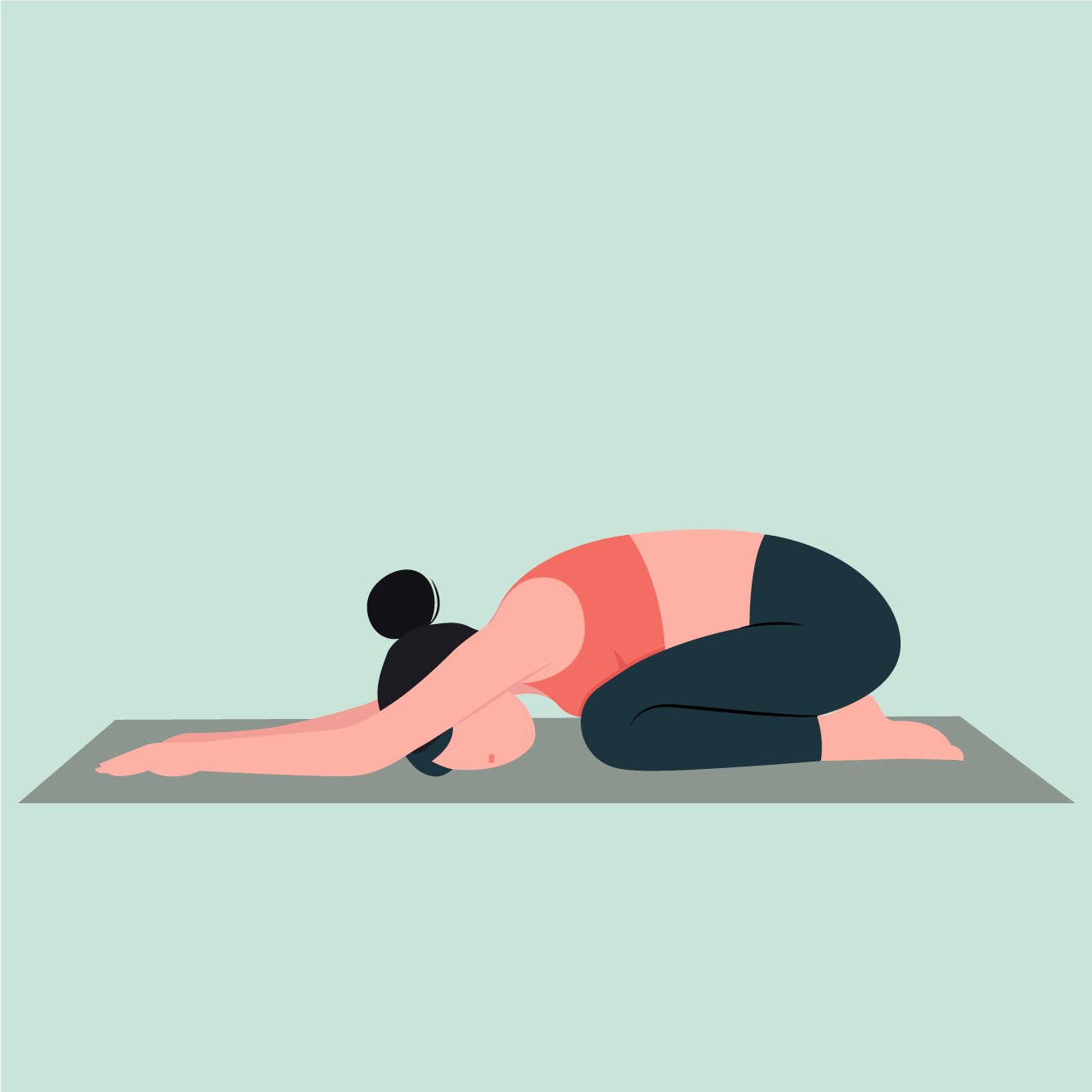Training Your Abdominals During Pregnancy
Pregnancy is a significant event in a woman's life, and it brings about significant changes in her body. One of these changes is the stretching and weakening of the abdominal muscles, which can result in back pain and a weak core. No matter what, every pregnant person will have some degree of diastasis recti when pregnant. We talked about this in more detail in a recent blog post that you can find HERE. Many pregnant women wonder if it is safe to train their abdominals during pregnancy and how to decrease this abdominal separation and weakness. The good news is that it is safe to do so, as long as you follow certain guidelines. In this blog post, we will discuss how to train your abdominal safely when pregnant.
Consult with Your Doctor
Before starting any exercise routine during pregnancy, it is essential to consult with your OBGYN, midwife, or physical therapist. Your healthcare provider can advise you on what exercises are safe for you based on your medical history and the stage of your pregnancy.
2. Avoid Exercises that Put Too Much Pressure on Your Abdomen
During pregnancy, your abdominal muscles are already stretched and weakened, so it is crucial to avoid exercises that put too much pressure on your abdomen, especially where it is weakest. Exercises like crunches, sit-ups, and leg lifts may be too aggressive, especially if not contracting your deepest layer of the core while performing these activities. When any abdominal exercise is done incorrectly, it can increase the risk of worsening the diastasis recti.
3. Focus on Gentle Exercises
Instead of high-intensity exercises, focus on gentle exercises that engage your core muscles without putting too much strain on your body. Start off by establishing a good foundation and connection to your entire trunk. This is not only your abdominals, but your pelvic floor and diaphragm. The best place to start with this is a more supported position to feel everything working together. This can look like what we refer to as a quadruped position, on hands and knees, like the picture below. This is also a safe position for baby and mamma as it avoids laying on your back for too long, which can cause complications.
EXERCISE EXAMPLE:
Start on your hands and knee and work to get the back flat, like a table top. This is going to require tucking the tailbone or posteriorly tilting your pelvis. I like to think about scooping the baby up from the pelvis to achieve this. After the scoop, think about the spine lengthening, from the crown of your head to tip of your tailbone.
Next, you are going to contract the deep abdominals, not just the superficial ones. A cue that works well for a lot of moms is “giving the baby a hug”. This pulls the belly up and in towards you.
Continue to keep the baby scooped up and hugged in toward you. Now, remember to breathe! Maintain this position as you take gentle inhales and exhales. If you maintain the abdominal contraction through inhales and exhales, you may feel more air going into your back (like between the shoulder blades) as you inhale. This is a good thing!
Try this for 5 easy, slow breaths and then relax.
Find this position too challenging? A simple modification is to place your hands on the edge of a steady surface, say a couch for instance.
This is a great example of an exercise to contract the deep core muscles.
Is this starting to feel easy? Try reaching one hand off the surface without anything else changing.
4. Use Proper Form
When exercising during pregnancy, it is essential to use proper form to avoid injury. When doing abdominal exercises, engage your core muscles by remembering the cues listed above. This helps to stabilize your spine and prevent strain on your lower back. Remember- scoop the baby up, give the baby a hug, and don’t hold your breath. We want to avoid tenting or coning of the abs, which looks like a bulge forward along the midline.
5. Listen to Your Body
As with any exercise routine, it is essential to listen to your body when training your abdominals during pregnancy. If an exercise feels uncomfortable or causes pain, stop and try something else. Remember that your body is going through significant changes during pregnancy, and it is crucial to be kind and patient with yourself. If you are having difficulty with know what exercises are right for you and how to address any difficulty, pain, or discomfort, it’s time to call in the professionals. A physical therapists with pelvic floor and orthopedic specialties is your go-to person for all things exercise related during and after pregnancy.
In conclusion, training your abdominals safely during pregnancy is possible with the right precautions. Consult a trusted medical provider, avoid exercises that put too much pressure on your abdomen, focus on gentle exercises, use proper form, and listen to your body. With time and patience, you can maintain a strong core throughout your pregnancy and into motherhood.
Looking for the best way to start reconnecting with your abs and pelvic floor after delivery? Head to our INSTAGRAM PAGE for a video with a few different considerations that will help you get there.
Other Posts You Might Like
















